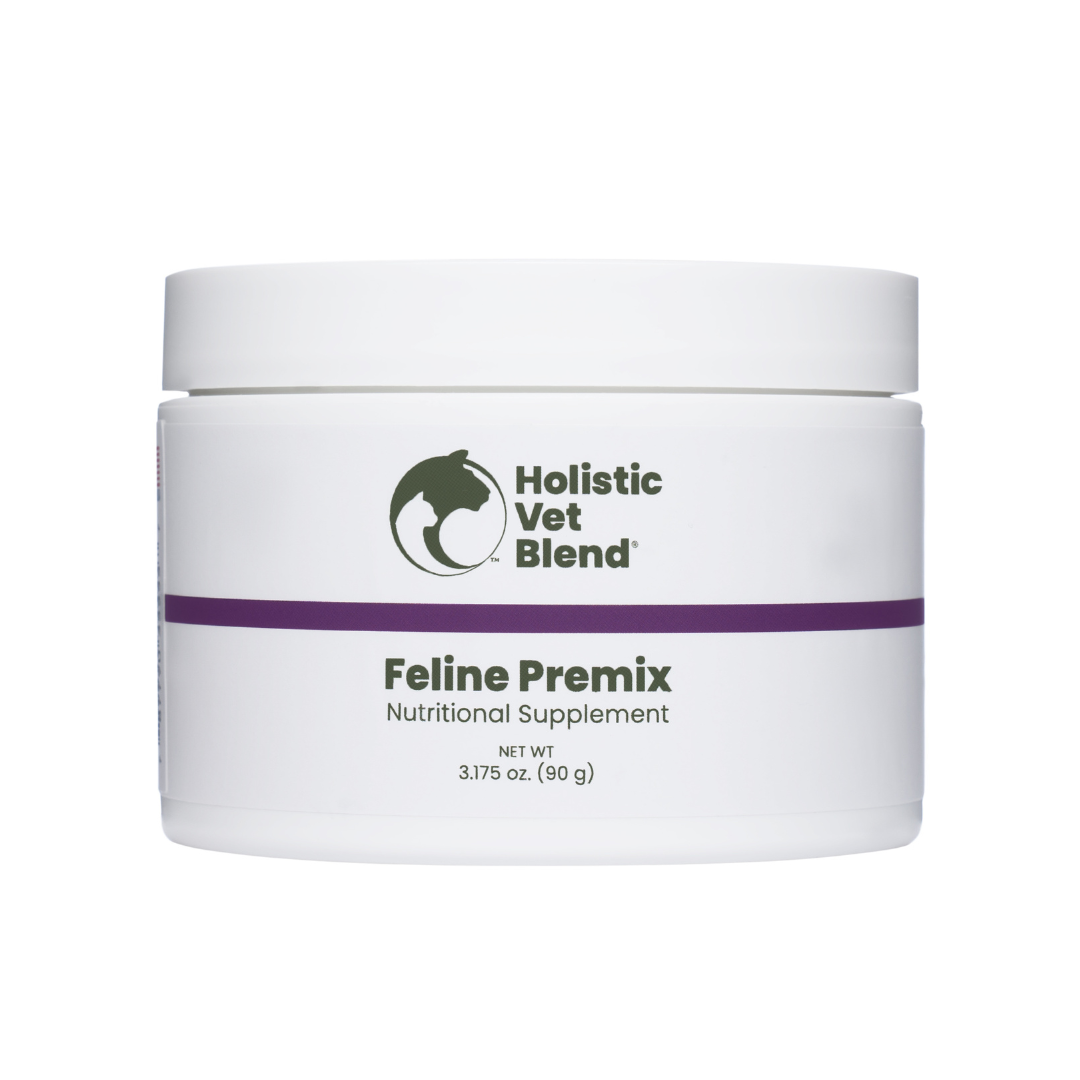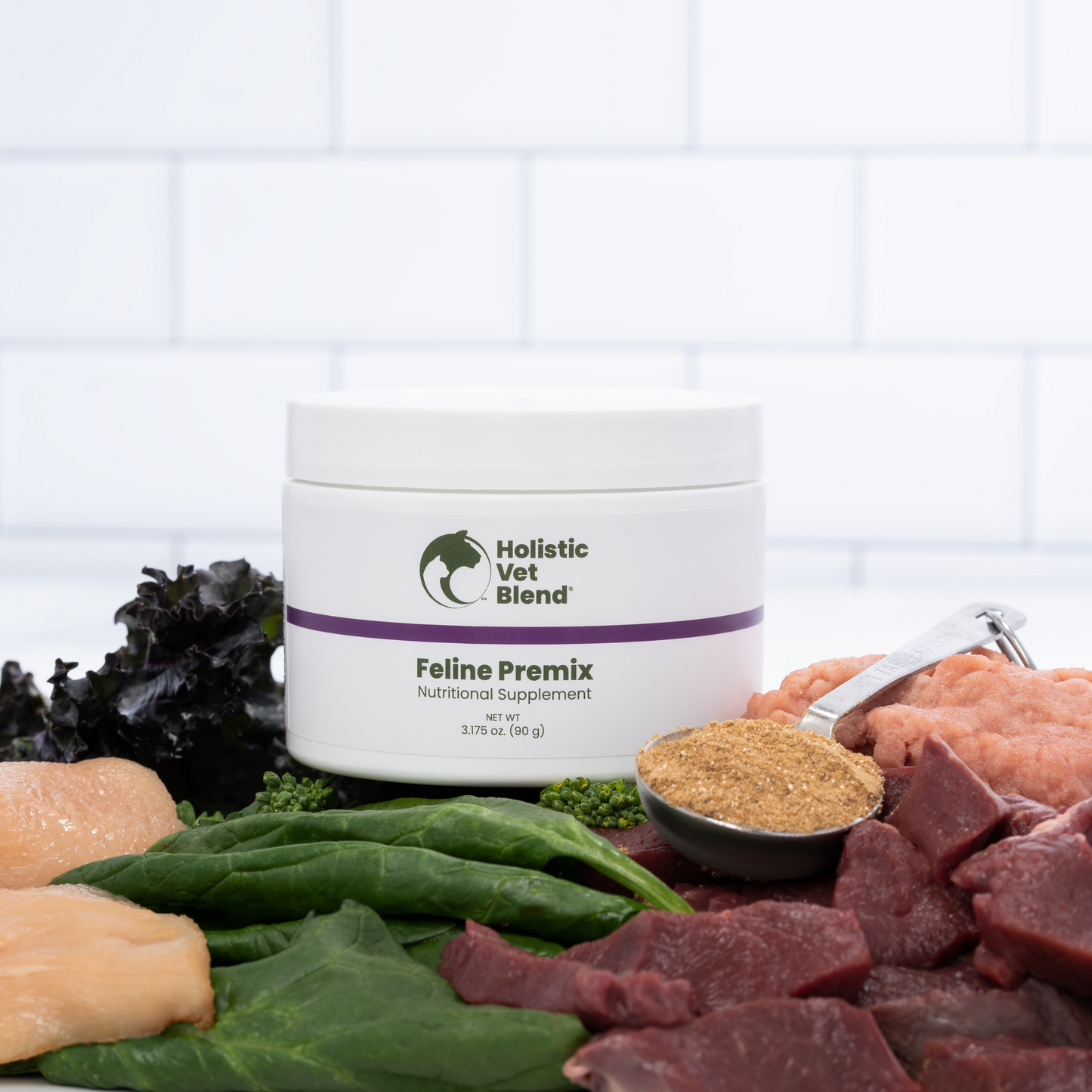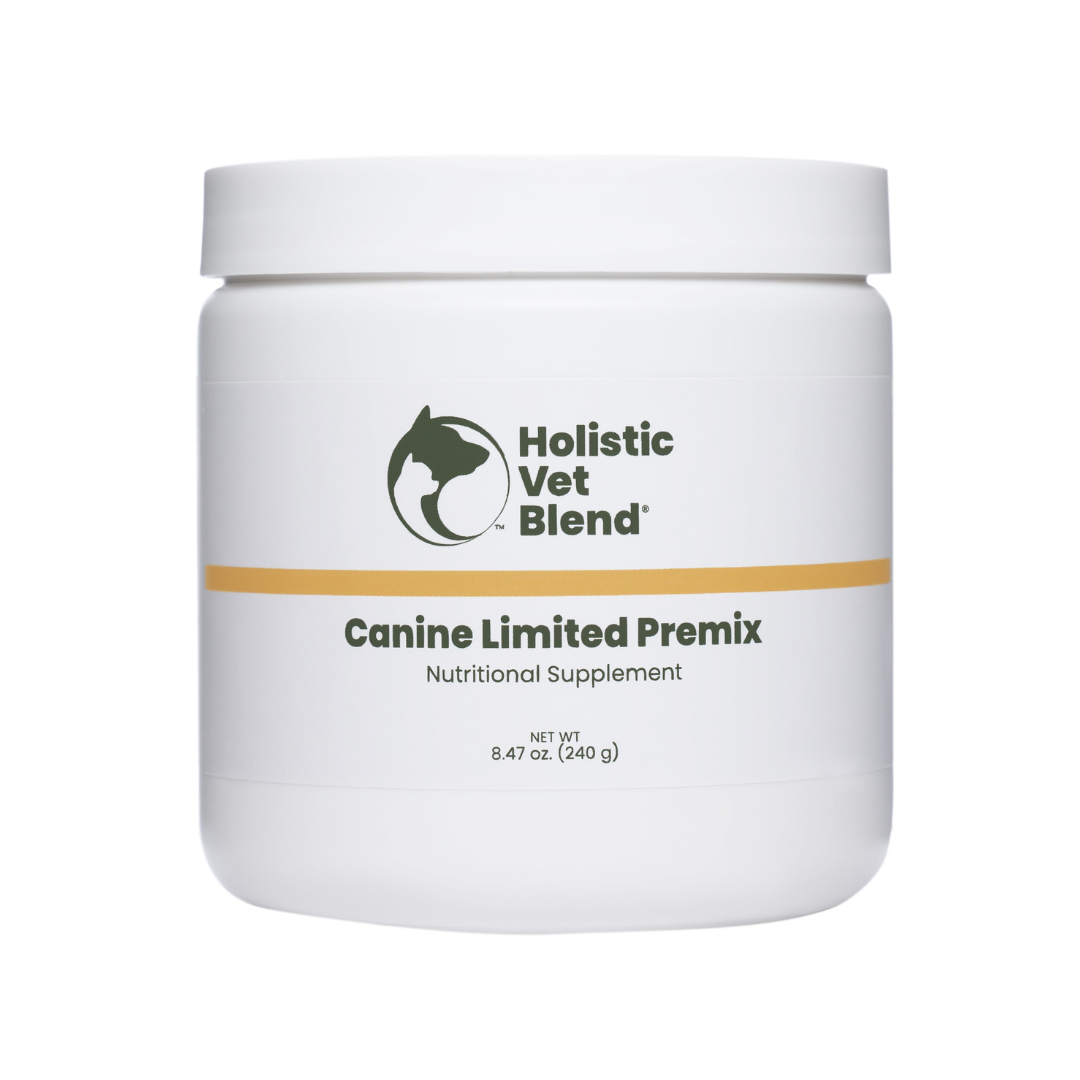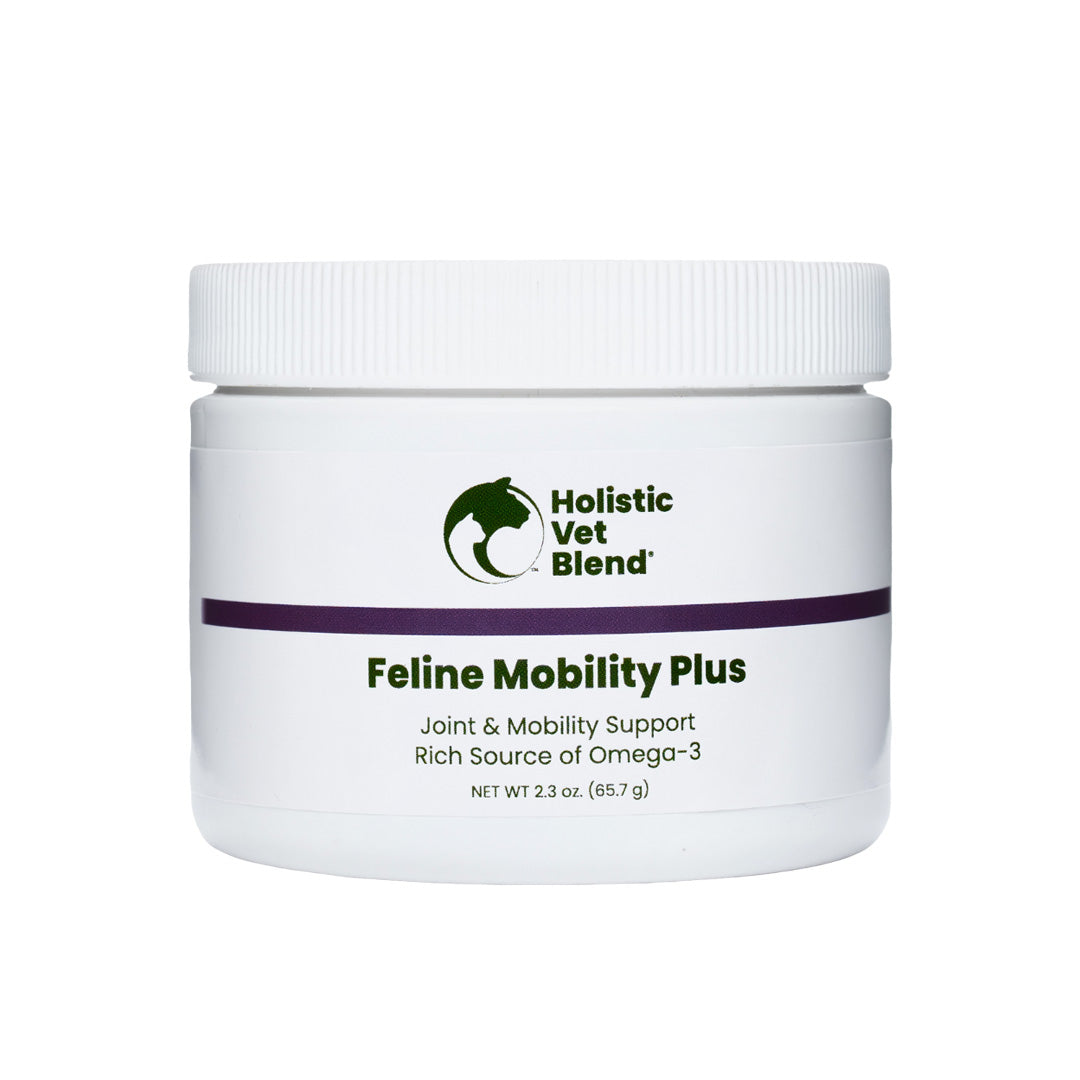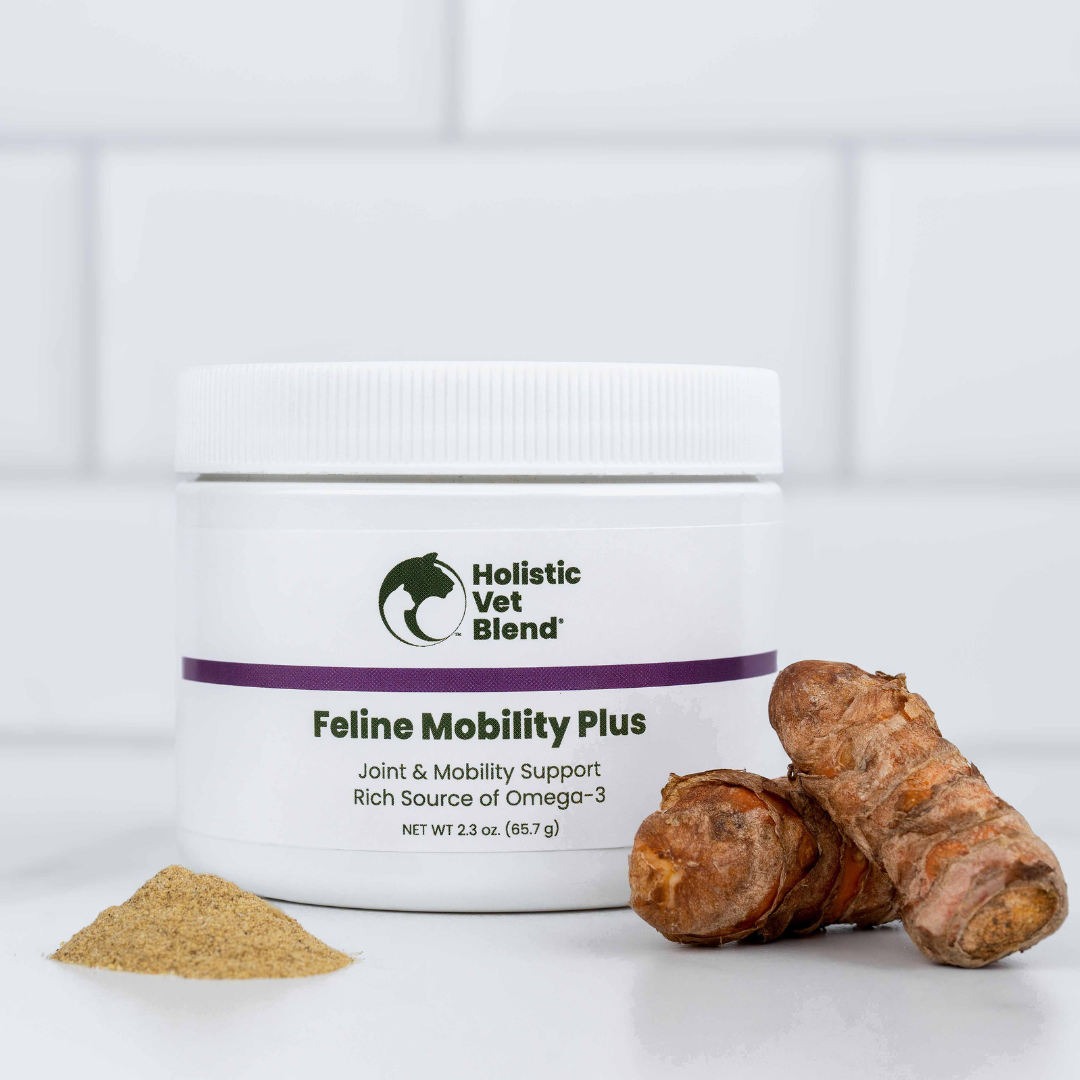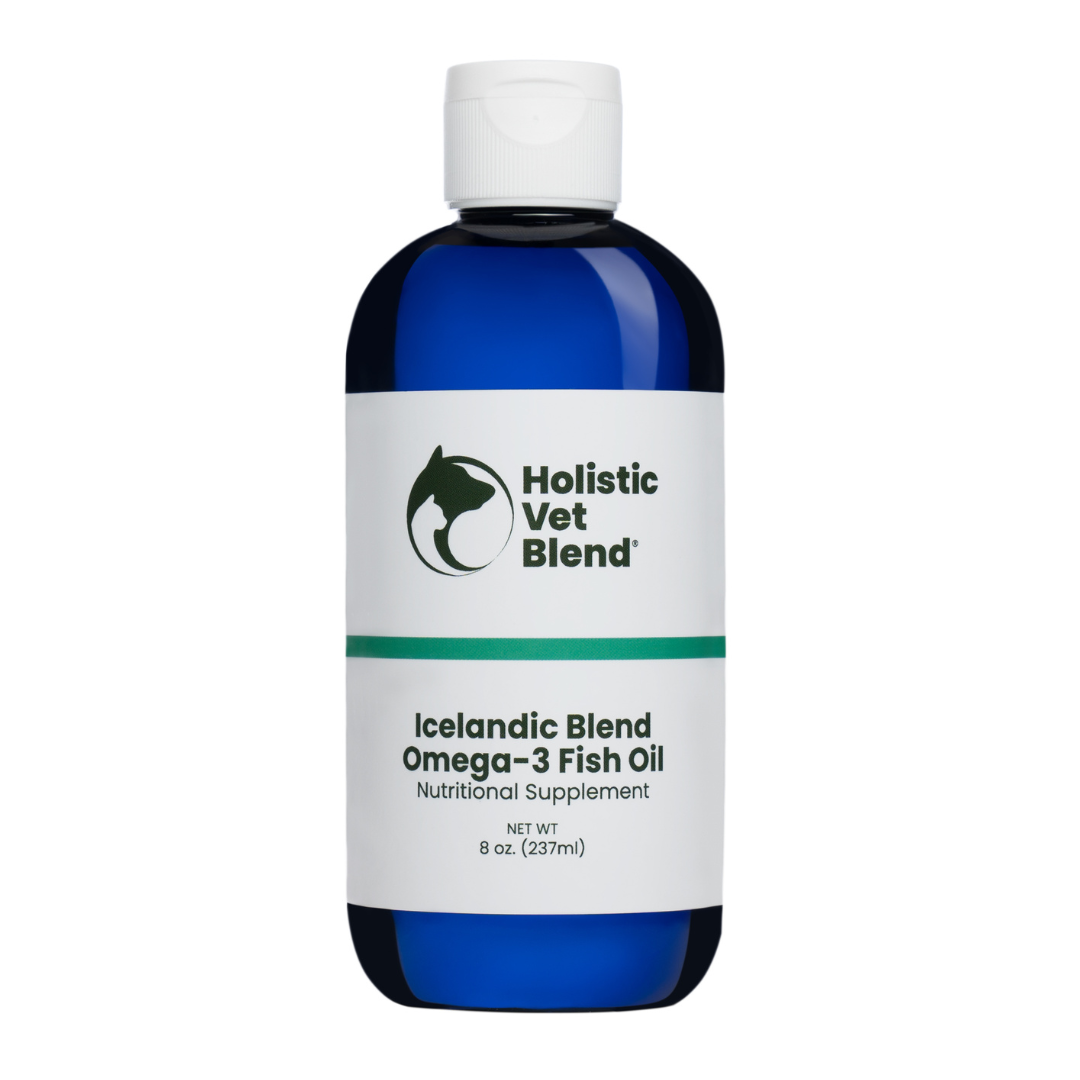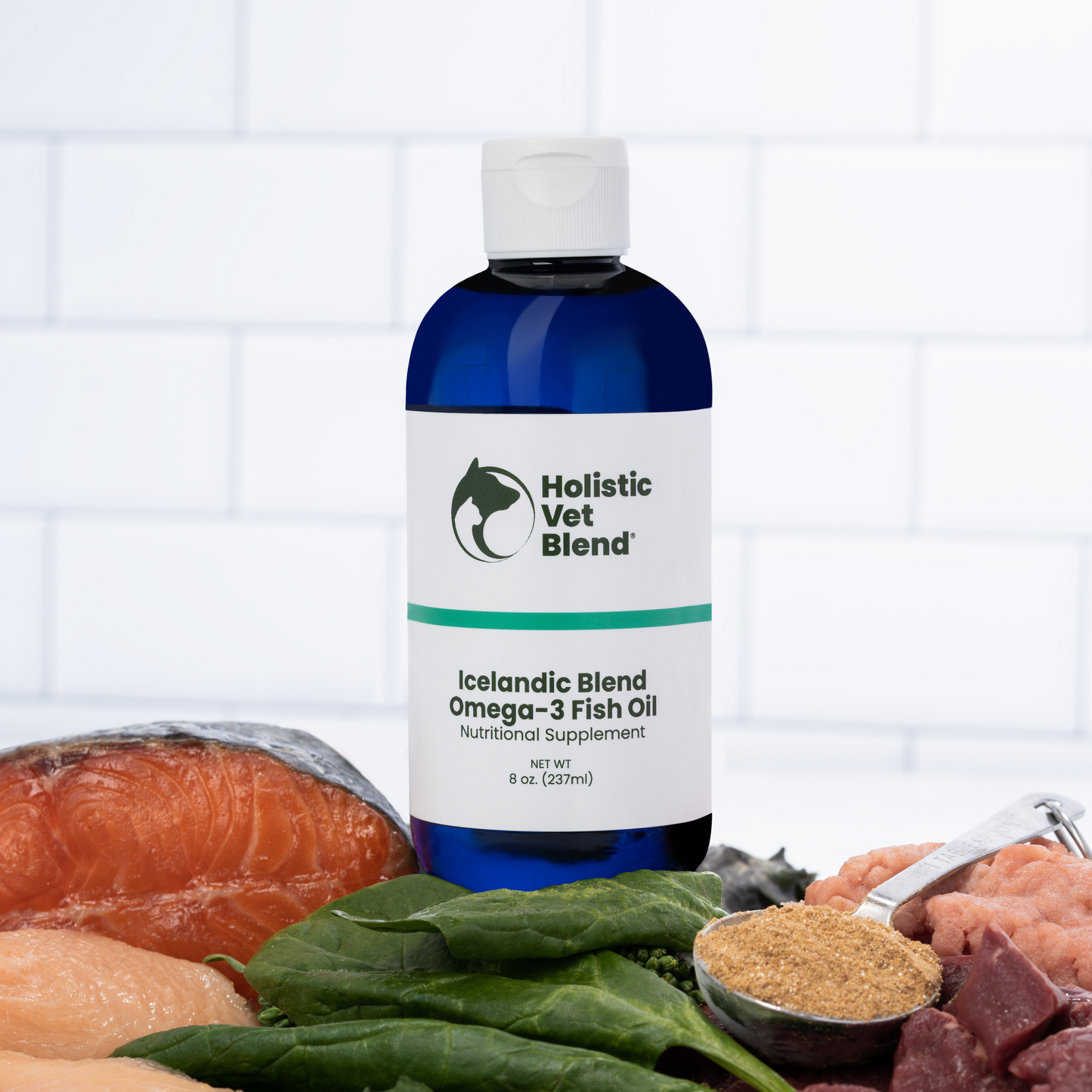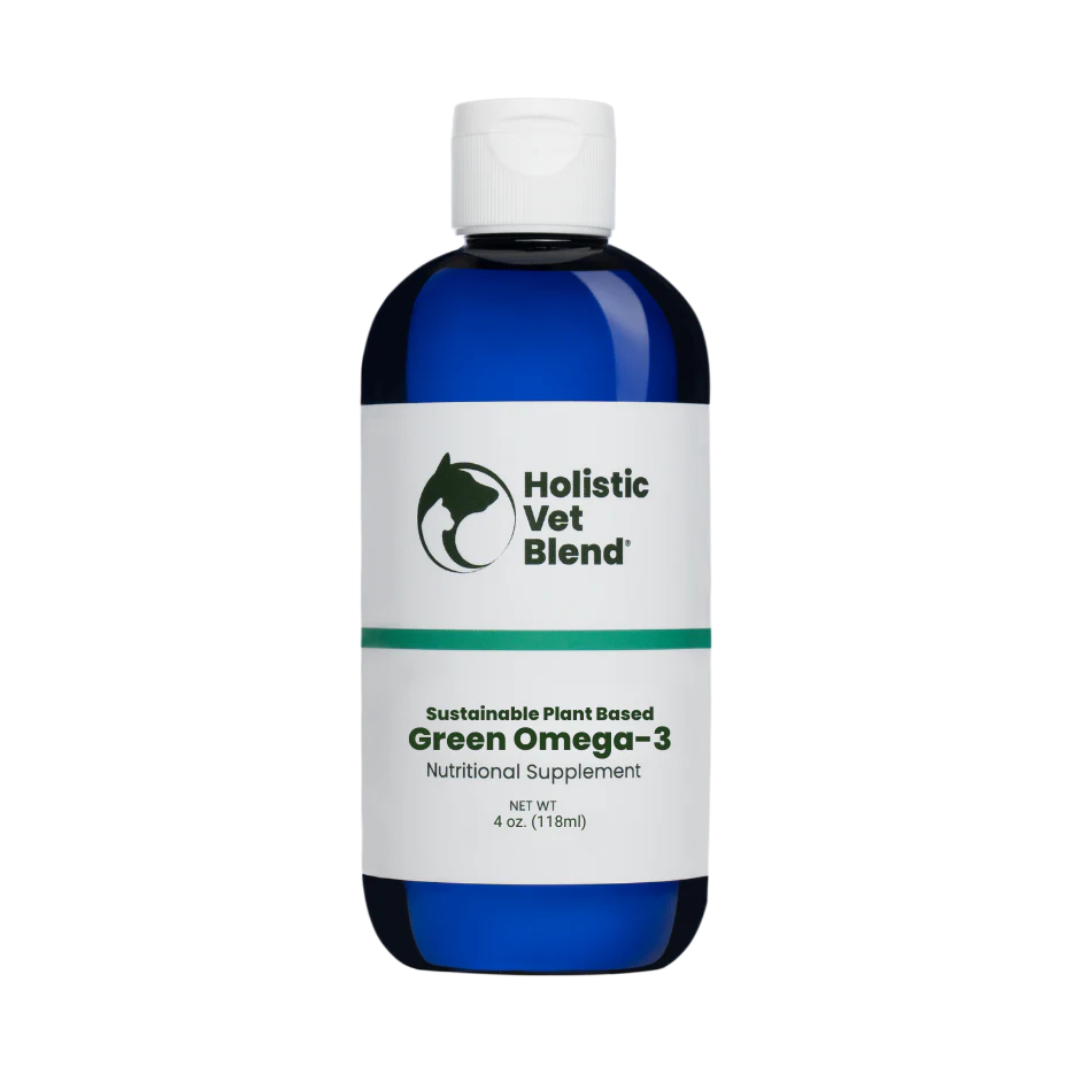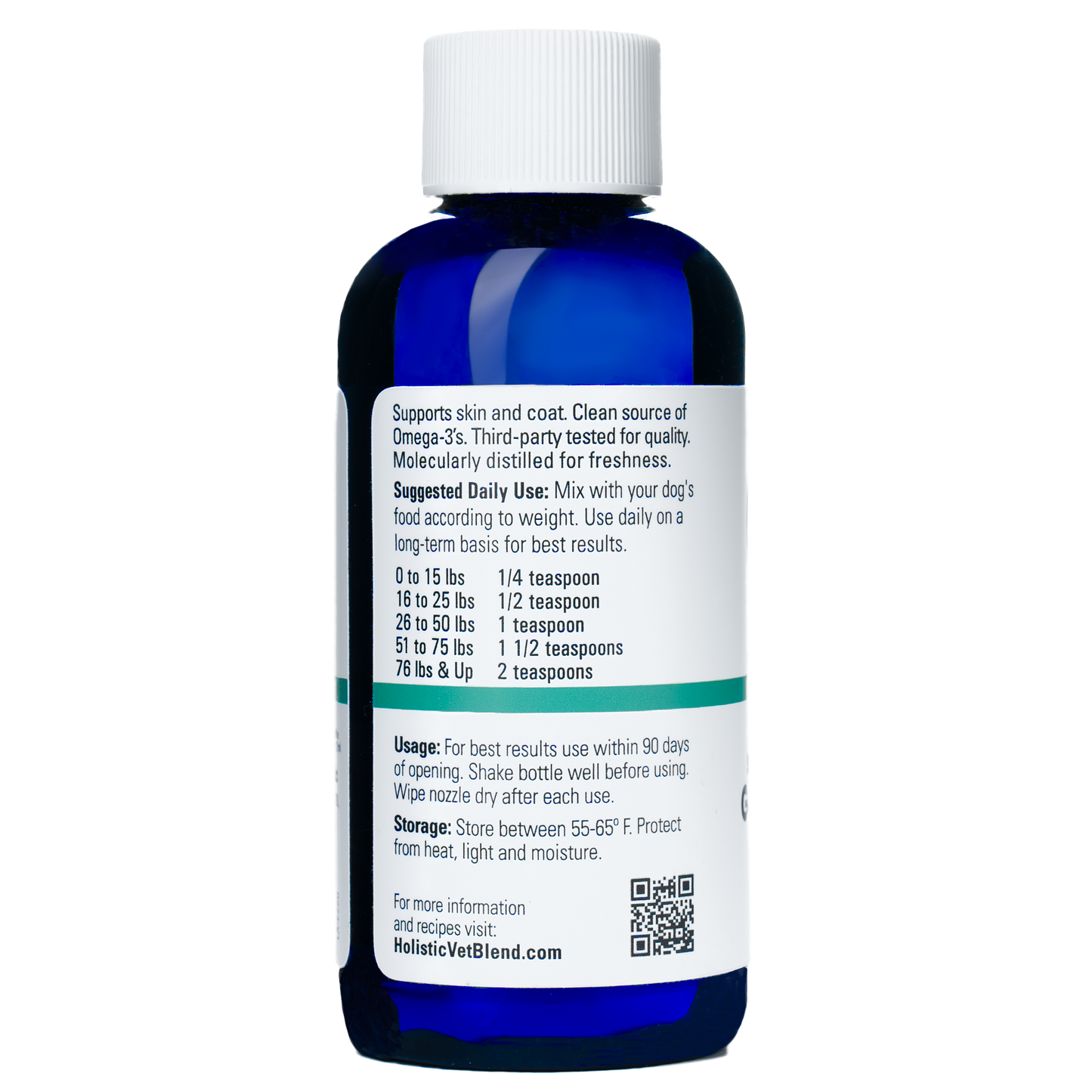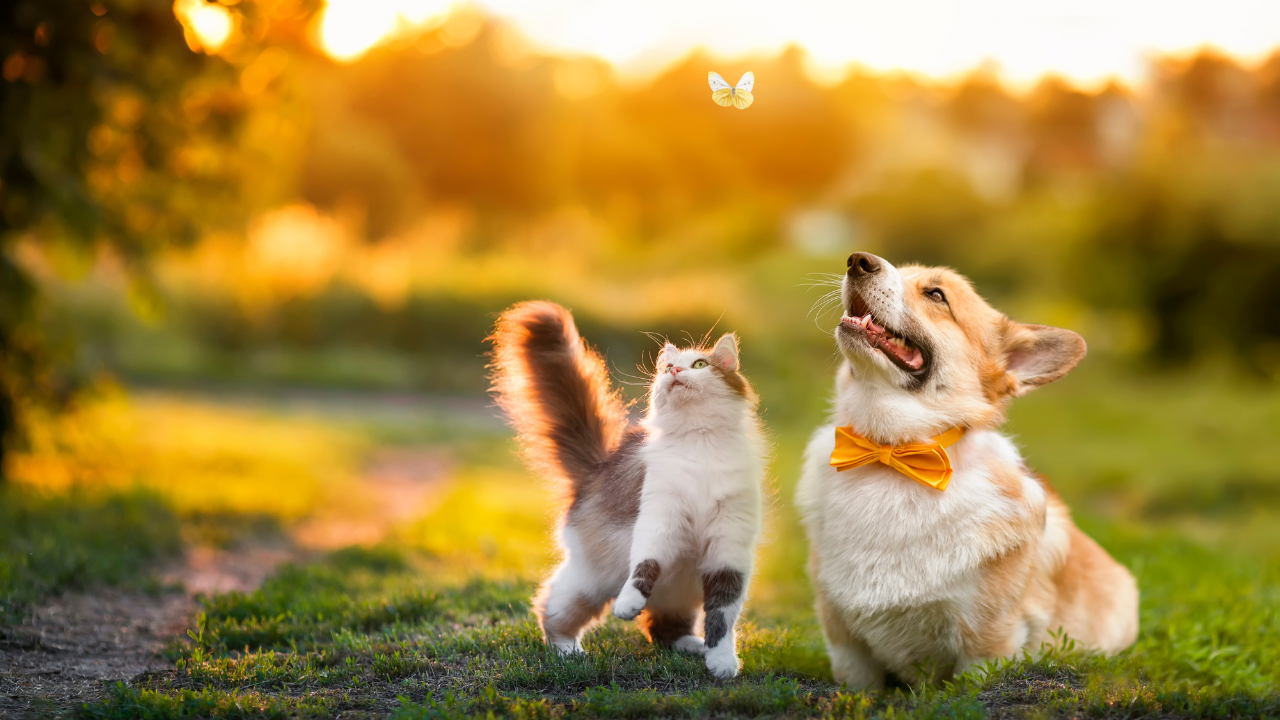
Introduction
They are never just a cat or a dog—they are part of our family. And when that family member is nearing the end of life, no amount of experience makes the decision easier. As a holistic veterinarian, I’ve helped countless families make the compassionate choice to say goodbye. But when it’s your own pet—when you're on the inside looking out—the clarity blurs. This post is not just professional; it’s personal.
Loving Them Means Letting Go—At the Right Time
After returning early from a trip to care for my ailing cat, I was met with the painful reality that her kidney disease had worsened. Despite our best efforts, her bad days were starting to outnumber the good. As veterinarians, we pride ourselves on objectivity and insight, but when it’s our own animal, denial and hope can cloud even the clearest clinical judgment.
We had a few rough days, and now she is stabilized, but that could change. I have to try to look at things as objectively as I can. This is where a quality of life scale can help you evaluate the big picture when you might be in denial. It helps to bring other family members' evaluation of the situation. Caring for a sick pet can tax the caregiver, while others may not see it as compromising the family.
As a veterinarian, I've seen families willingly make sacrifices over the years, some minor and some extreme. Families will move downstairs or sleep on a couch indefinitely when their dog can no longer climb stairs. I've seen people get double hernias from carrying a disabled pet up and down stairs. Families avoid vacationing or leaving home for months and even years when the quality of life for their pet is fading. And I've seen people who believe that when a pet can no longer get up alone (even when given the option to get a lifting harness, or other aids), it's their time. I'm hoping you will find these insights from over 30 years in practice helpful.
What is a Quality of Life Score and How is it Used?
A Quality of Life (QoL) score for pets is a structured tool used to help assess a dog or cat's quality of life, overall comfort, and discomfort, well-being, and daily functioning, especially when dealing with chronic illness, advanced age, or terminal disease. These scoring systems offer as objective a way as possible to evaluate critical aspects of a pet’s quality of life, such as pain, appetite, hydration, mobility, hygiene, and emotional engagement.
Assigning a numerical value to each category, pet owners and veterinarians can better track decline, avoid unnecessary suffering, and make more informed decisions about ongoing care or humane euthanasia. There are several QoL scales, but one of the most widely used and practical for pet owners is the “HHHHHMM” scale developed by Dr. Alice Villalobos. This tool evaluates seven key areas: Hurt, Hunger, Hydration, Hygiene, Happiness, Mobility, and More good days than bad.
The canine and feline quality of life scale, and how it is used
A canine and feline quality of life scale, developed by a veterinary oncologist, evaluates pain, appetite/hydration, and overall mobility and hygiene. , ultimately helping assess a dog or cat’s quality of life. Scoring multiple criteria helps pet owners decide about their dog or cat's care and comfort level as subjectively as possible.
1. Hurt
Is your pet in pain? If there is one area that concerns me more than any other, it is a stoic or fun-loving dog (think Lab that was a puppy until they were 8) owner judging their dog's pain. So many dogs just soldier through their discomfort, and these dogs can be flushed out with a good veterinary exam. Trust your vet if they say your dog is in pain. Just because your dog is not crying and still wags his tail despite obvious limping and your vet's opinion that it is in pain, does not mean he is not.
Another area of concern is the lack of multimodal pain management, including adequate pain control strategies. This is where supplements and drugs work in concert with each other to improve comfort. Instead, owners will turn to a single injection that helps their dog run around like a puppy (maybe to pay for it later) or even react terribly. If something seems too good to be true...it probably is. It often takes multiple medications that work on different aspects of chronic pain (at the end of life, this is the reality). You can't just give an anti-inflammatory and call it a day. A veterinarian skilled in pain management and acupuncture can help you here.
Another overlooked area of discomfort is whether they breathe comfortably, especially at rest. Struggling to breathe is highly stressful and should be considered. I use the sleeping respiratory rate to determine if a pet is unable to breathe easily. You can learn more here.
2. Hunger
Is your pet eating willingly? Is it possible they are experiencing nausea? Your vet can prescribe something to soothe their nausea and possibly help their appetite. Ensure they are getting enough nutrition to maintain their weight and check in with your vet for nutritional support for their condition.
I give a pet one day of refusing food (assuming they are still drinking). Let your vet know that day if this is highly unusual. If this goes into the next day, you should consult your vet to look at interventions (nausea-alleviating medications and supplements), possibly appetite stimulants, and pulling out all the stops (baby food, delectable morsels). If a kitty does not eat, check in with your vet immediately, as they can develop life-threatening hepatic lipidosis.
3. Hydration
Are they drinking enough? Is subcutaneous fluid therapy in use? Dehydration can add significant stress to the body and worsen existing conditions. You can tent the skin between their shoulder blades to see if it rises and falls, or if there is a change in the texture.
4. Hygiene
Is your pet clean and free of urine, feces, and urine scald? Are they developing pressure sores from being unable to turn or move? Can they get to the litterbox? Good hygiene is essential for comfort and dignity.
5. Happiness
Does your pet still engage with you or find joy in toys, treats, or their environment? Do they seem anxious, depressed, or withdrawn?
Another way I look at this is, are they doing the things that make them who they are? Are they ignoring their favorite toy, no longer meeting you at the door, checking out, and losing their essence?
6. Mobility
Can they get up and walk unassisted? Are they taking harsh falls, having seizures, or becoming frustrated by their inability to move? Are you using ramps or mobility aids? Decline in mobility doesn’t necessarily mean it’s time, but lack of ability paired with distress or immobility can be a critical factor.
In my career, I have seen pet owners want to give up when their pet can no longer get up on their own. This is sad, as there are so many mobility aids like the Help 'em Up Harness that allow you to give them a hand to get up easily, and they are good to go. It's another thing if they cannot and are falling frequently and can no longer negotiate stairs even with help.
7. More Good Days than Bad
This is perhaps the most powerful indicator. When you start to notice that the bad days, which may include symptoms like nausea, vomiting, and diarrhea, are accumulating, or your pet is not rebounding like before, it's often a sign that their quality of life is no longer sustainable.
A Simple Way to Begin the Hardest Conversation
Review this feline and canine quality of life scale with your family. Score each category honestly. Do it daily, or every other day, and look for trends. It’s not a replacement for veterinary advice, but it empowers you to track subtle changes and gain clarity over time. You may even find that the process brings peace, because health span is just as important as lifespan.
Knowing When to Consider Euthanasia
Each category is scored from 0 (poor) to 10 (ideal), with a total score above 35 suggesting acceptable quality of life. Its simplicity and holistic focus make it especially useful for home use, helping families assess their pet’s condition compassionately but objectively over time.
My Final Thought—From a Vet Who’s Also a Pet Parent
Making the decision to say goodbye, including considering euthanasia, is not about giving up. It’s about giving your pet the peaceful, dignified transition they deserve. Whether you’re facing this most difficult decision now or preparing for the future, I encourage you to bookmark this post, and use it as a compass.
If you need support or guidance, don’t hesitate to contact your veterinary team. You're not alone.
We would love you to subscribe to our newsletter for more holistic tips on life with our pets. Sign up here.
Frequently Asked Questions (FAQ) About Pet's Quality of Life
How can I prepare for euthanasia or cope after?
There are qualified grief counselors who specialize in grief over the loss of a pet, and even in the case of anticipatory grief, which is a very real thing. You are not alone. One I can personally recommend is Dr Brigitte Tan. She is a veterinarian and practiced as a veterinary oncologist, but now specializes in grief counselling.
Should I be present for the euthanasia?
Being present is not for everyone. For closure and their comfort, I always want to be present with my pet. Sometimes, only one family member will opt to be present. I usually discourage people from having very young children present.
What about hospice for pets?
There are veterinarians who specialize in hospice or end-of-life care. They will also come to your home and perform the euthanasia procedure.




